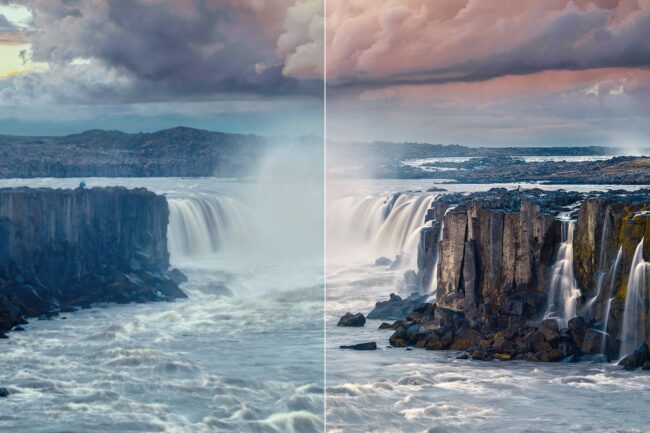Are Camera Len Filters Still Necessary?
Are filters really obsolete now that photo editing technology has advanced? Most now see them as relics of a bygone era of photography as using basic lens filters, such as polarizers and strong neutral density filters, can be time-consuming. Either they can damage your lens or they can be very difficult to reproduce in digital settings. It can even be said that, photo editing technology has advanced to the point where filters are considered obsolete.
(Be sure to check out our real estate photography editing service here)
But although they may be considered obsolete, there are still a number of reasons why many photographers still value the effects of using old-fashioned photography filters. So are they really useless? Despite advances in photography technology, there are still reasons to use old-fashioned filters. These glasses are referred to as photographic filters. As a real estate photographer, you can create stunning effects by using these 7 basic lens filters correctly.
Filters are utilized in cinematography besides photography, particularly landscape photography. Landscape photography requires numerous filters. Because real estate photographers value lens filters so much, this is why they are still valuable to many. Lens filters are utilized to alter light intensity just before it reaches the camera lens. They are still helpful to many because some editing software are not able to simulate how they work. Furthermore, when real estate photo editing processes are used in addition to filters, images become even more spectacular!
1. Skylight or UV filter
Because most photographers keep a UV or skylight filter on their lenses for protection, it’s important to invest in a high-quality filter that will stand up to rugged use without detracting from the overall quality of your images. After all, it doesn’t matter if you’re using a $2,000 lens if you’re shooting through a $5 filter. Cheap filters diminish the sharpness and resolution of your photographs. That’s why it’s always wise to invest in a high-end camera filter.
As you shop for lens filters, explore multi-coated options that will retain the quality of the images your lenses will produce. It is critical to invest in a high-quality UV or skylight filter that will withstand rough use without compromising the overall quality of your images, as most photographers keep a UV or skylight filter on their lenses for protection. A $5 filter doesn’t matter if you’re shooting through a $2,000 lens, so it doesn’t matter if you’re using a $5 filter. Cheap filters degrade the sharpness and resolution of your photographs. Invest in a high-end camera filter to obtain the greatest quality for your photographs. When you shop for lens filters, look for multi-coated varieties that maintain picture quality.
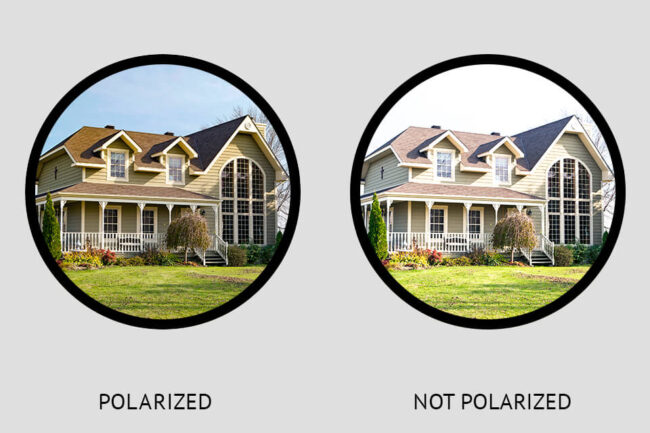
2. Polarizing Filter
Polarizing filters, like sunglasses, saturate an image’s color and reduce reflections by reducing reflections. The mount on these filters rotates and is easy to attach to a lens. Once you’ve attached a polarizing filter to your lens, you can watch how the image changes on your camera’s viewfinder or live view as you slowly rotate it as you frame your subject. Polarizers are particularly effective for outdoor shooting. They reduce glare and reflection on water and glass, as well as darken the sky and intensify colors.
Avoid panning your camera when shooting landscapes to prevent uneven, dark areas in the sky. Do not use an ultra wide-angle lens when photographing landscapes, as the blue color of the sky might appear uneven. You must also be careful when using this filter with an ultra wide-angle lens, as it can also cause the blue color of the sky to look uneven in your photos. Polarizing camera lenses require some getting used to. If a corner of the sky looks dark or blue in a photograph, the photographer probably did not know how to use camera filters such as polarizers. Polarizers are most effective when the sun is directly overhead. If the sun is lower, it is more difficult to get natural and realistic results. Polarizers are great accessories for harsh light in midday, but less useful at sunrise and sunset.
3. Neutral density filter
Neutral density (ND) filters are sheets of dark glass that reduce the amount of light that enters your lens and hits the sensor without altering the color of the resulting image. They are used to prevent excess sunlight and studio flashes from entering the lens. You do not need to adjust any of the settings on your camera or lens even with an ND filter attached.
Your camera’s metering and focus mechanism remain functional with this filter attached. You can shoot with slower shutter speeds without overexposing your image by reducing the intensity of the light that enters your lens. To guarantee that everything is sharp in a photograph of flowing water, use a tripod to create more dramatic blur.
A ND filter with a higher number of stops blocks more light and a ND filter with a lower number of stops blocks less light. You can use a 2-stop ND filter to block less light, for example, or a 10-stop ND filter to block more light.
The longer shutter speed you can get away with, the more stops of light the filter blocks. If you need to block more or less light, you can adjust your ND filter on your camera. This is a handy feature if you want to keep your equipment light and compact. A variable ND filter lets you choose from a variety of filtering options.
4. Graduated neutral density filter
An ND Graduated filter (also known as a GND filter) has a smooth transition between light and dark to balance the exposure between a bright sky and its darker foreground. The degree of darkness is variable, and the number of stops is used to measure how much light is absorbed by the filter.
There are 3 different types of GND filters:
- Hard-Edge GND Filter: It provides a smooth transition from a neutral gray to a clear hue at the center. It is commonly employed to balance out high-contrast scenes, such as a flat horizon with bright skies and a dark foreground, to produce an evenly exposed photo.
- Soft-Edge GND Filter: This filter is typically chosen for its smooth transition between dark and light areas; however, if the horizon is not straight or flat, you may prefer this filter. You may also choose this filter if the hard-edge filter tends to produce a distinct line down the middle of your photograph.
- Reverse GND Filter: Landscape photographers use special GND filters to capture beautiful sunrises and sunsets when the sun is close to the horizon. Regular GND filters transition from dark to light in the middle, whereas this type changes from dark (for the sky) to even darker (for the sun) on the top half, followed by a clear lower half (for the foreground).
A graduated neutral density filter is an effective way to manage tricky lighting conditions. Even though digital cameras are gradually enhancing their dynamic range capacity, all photographers will, at one point or another, require a longer exposure time for a specific area of the frame. By using a GND filter on your camera, you may handle complex lighting situations right away rather than relying on Photoshop or Lightroom. In addition, you will spend less time in front of your computer and more time shooting if you get the exposure right in camera. If you don’t know how to use camera filters with a graduated range of neutral density, start with a soft-edged filter that provides the most attractive and predictable outcomes before moving on to other kinds.
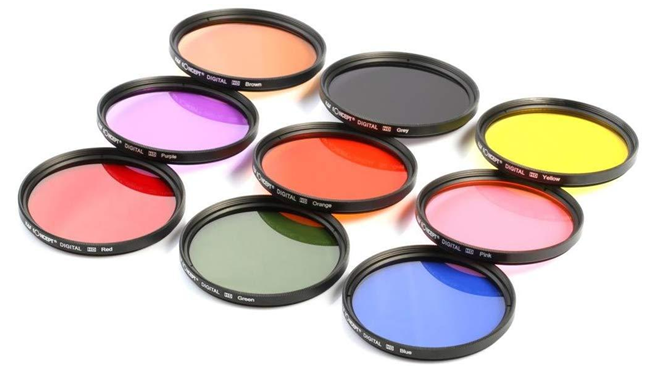 5. Color Correcting Filters
5. Color Correcting Filters
Color correcting filters, also known as warming and cooling color conversion or compensating filters, are used to improve or enhance the color of your shot. Using warming and cooling filters to enhance the color of indoor light or make a scene look darker or brighter, for example, is a great way to emphasize certain hues.
Color correction in post-production is a good choice for those looking to enhance the beauty, accuracy, and realism of their images. Shooters who prefer to skip color correction in post-production should use these filters to enhance the beauty, accuracy, and realism of their photographs. As RAW shooting has become increasingly popular, color casts and white balance have become less of a pressing concern while shooting JPEGs.
It’s crucial to consider color correction at all stages of the photography process, although it is not always required. When working with available light in cities, office buildings, and other public areas, it’s best to correct the colors as you shoot them. The time saver is a major timesaver when you find yourself struggling to get an accurate skin tone under fluorescent lights or hoping for less of a blue cast on snowy days.
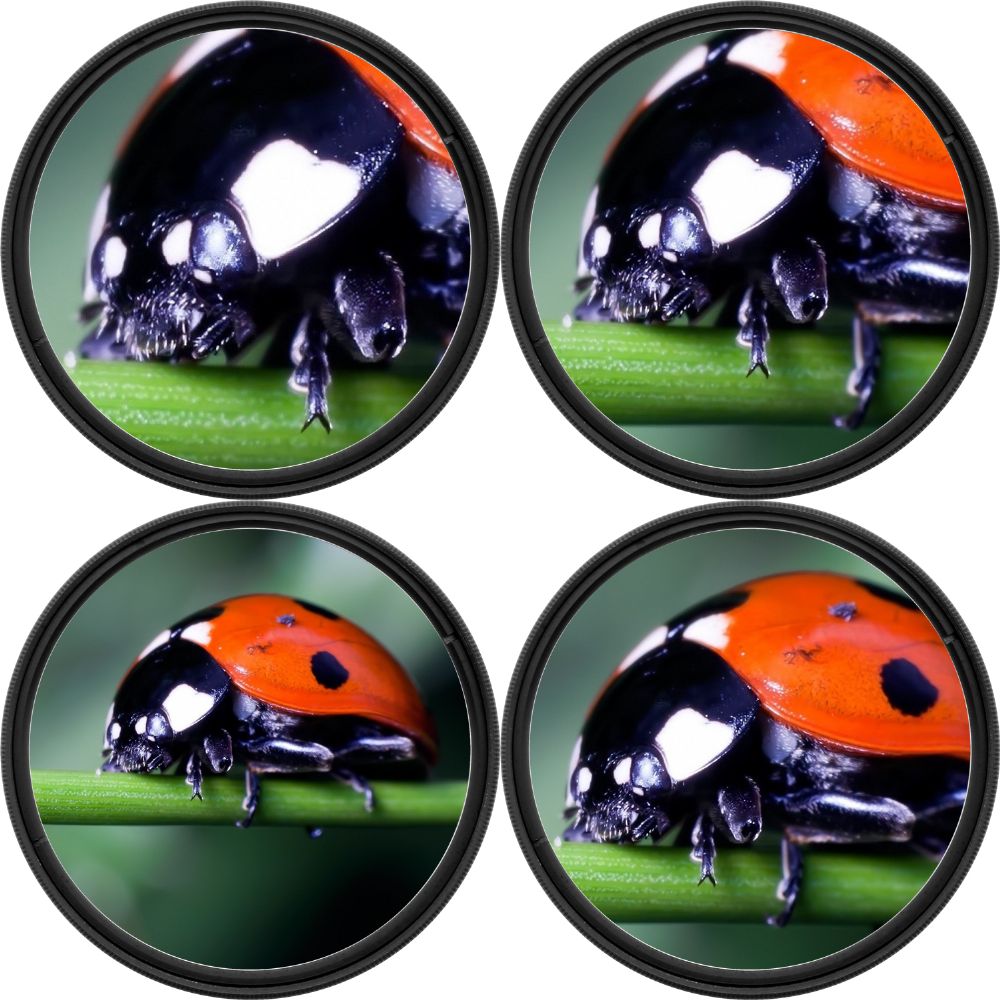 6. Close-up Filters
6. Close-up Filters
Instead of using a macro lens, many photographers use close-up filters (a type of macro filter also known as a diopter) to enable macro photography. Some photographers prefer to buy these small pieces of glass than invest in macro lenses, especially if they don’t have to make macro photographs all the time.
Despite their inability to replicate the magnifying power of macro lenses, close-up filters function in the same way as reading or magnifying glasses. When you’re interested in exploring macro photography but don’t have the budget to buy a new lens, a low-priced close-up filter can expand your equipment’s capabilities.
Some lenses even come with a close-up filter for adding macro photography functionality. These supplemental close-up filters are designed for use with that specific lens and work seamlessly with your lens’s focal length and inner elements to help you get physically closer to your subject without sacrificing sharpness.
Close-up filters are among the least common types of camera lens filters, but they can be very helpful when you use them correctly.
7. Special Effects Filter
There are various reasons why people use special effects filters. The most common type of special effect filter is the starburst filter. You can enhance your images by adding a sparkling glint to image highlights and light sources such as street lamps and Christmas lights.
You can choose from two-, four-, six-, or eight-point star and light flares, as well as infrared filters, multivision, center spot, and diffusion filters, and day-for-night filters. However, since you can easily replicate these effects in Photoshop, they are no longer popular. Bokeh filters, on the other hand, produce distinctive blurring around the edges of the image.
Every photographer will experience a creative rut of one sort or another. If you’re looking for inspiration or have a tough time getting excited about your photography, special effects filters are a simple method to spice things up. You can improve the visual quality of your pictures with a small investment and simple-to-use device. Some special effects filters will not work well in every situation. You might just need a nudge to get back into a creative flow state if you try out your new filters in new locations and with new subjects.
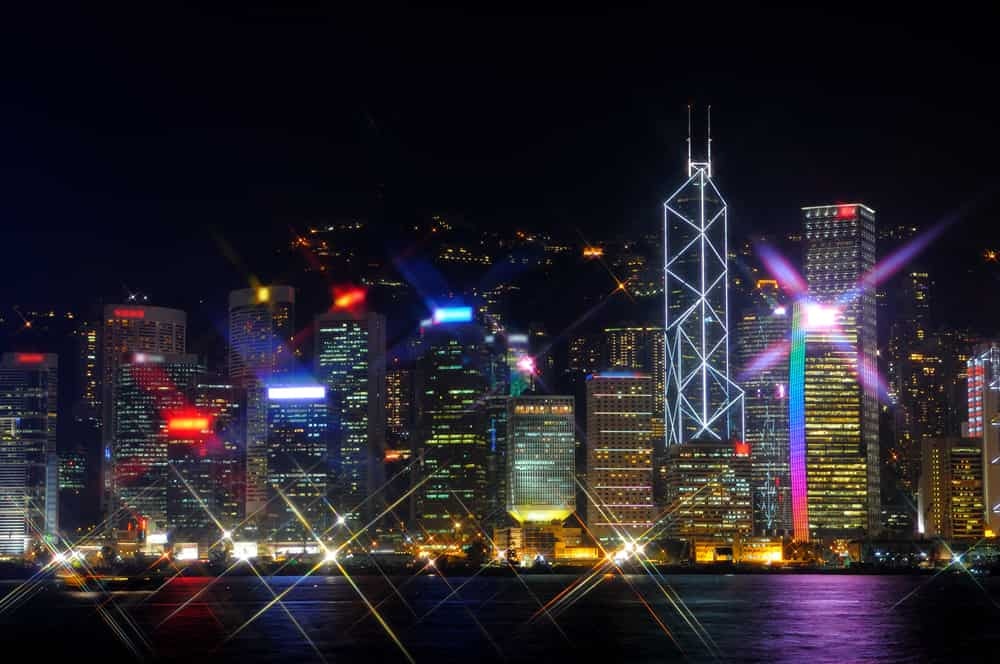
In Conclusion
Using these lens filters for real estate photos, you can photograph a room or outdoor area to ensure the finest light to entice buyers. Photographs of real estate listings have always been significant, but that is now even more so. It’s relatively common for people to buy a home without ever seeing it in person. Listing photographs alone may entice buyers to buy or take a deeper look at them.


